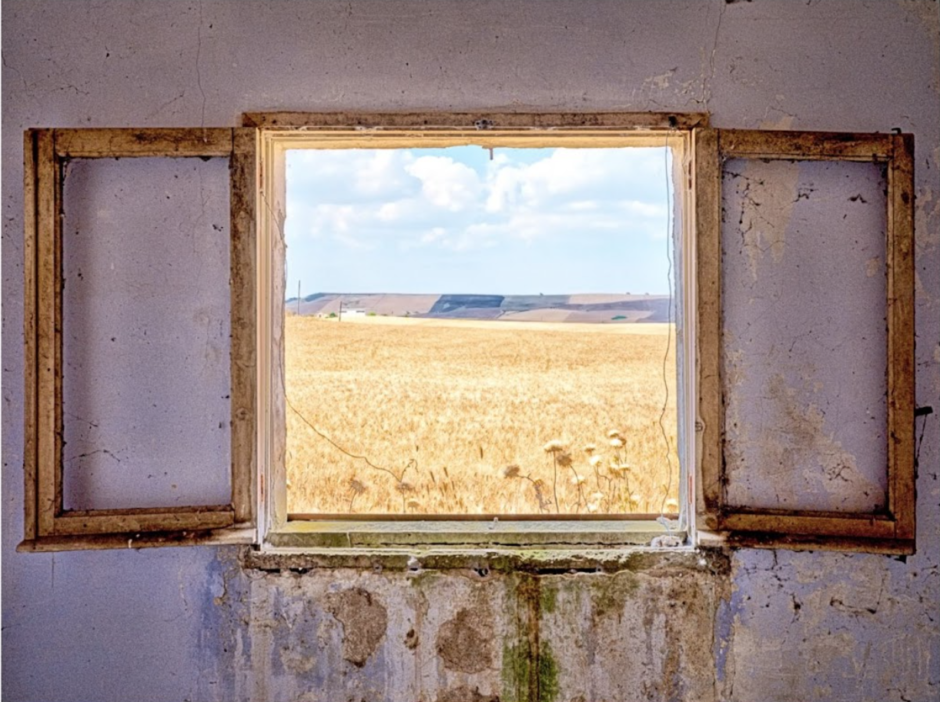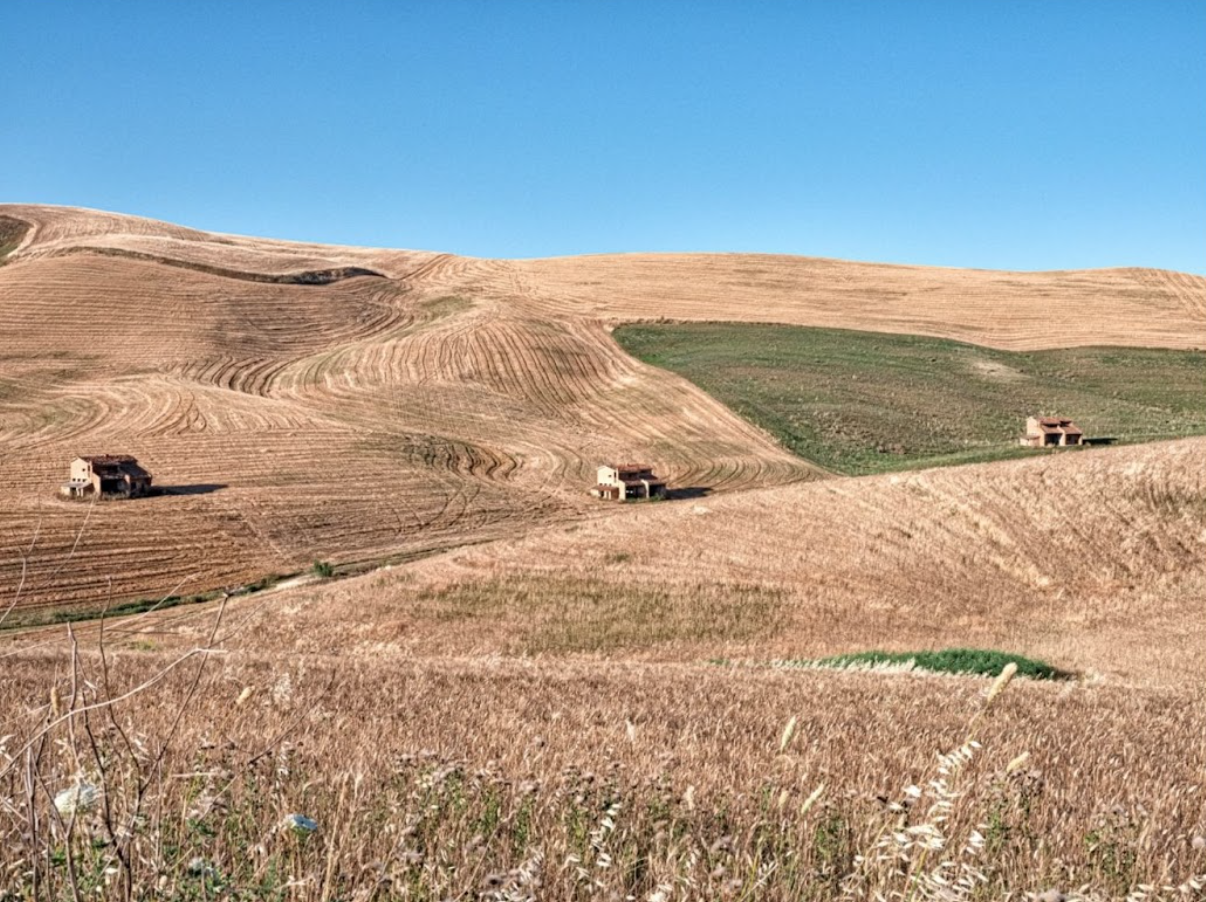THE ARCHITECTURE OF SILENCE: STEVEN SEIDENBERG’S PHOTOGRAPHIC JOURNEY THROUGH ITALY’S GHOST VILLAGES
STEVEN SEIDENBERG – THE EMPTY VILLAGES OF SOUTH ITALY
Photography by Steven Seidenberg
In an evocative exploration of Italy’s southern regions, photographer Steven Seidenberg turns his lens on the ghostly remnants of a post-war era defined by ambition and neglect. His latest collection, presented in “The Architecture of Silence,” dives deep into the landscapes and abandoned structures left behind by the Riforma Fondiaria—a well-intentioned but ultimately flawed land reform program active between 1952 and 1972.
Funded by the Marshall Plan, the initiative aimed to redistribute land to impoverished families in the agrarian heartlands of Basilicata and creative . However, the absence of necessary infrastructure rendered these smallholdings unsustainable, sparking a massive migration to the industrializing North and abandoning countless rural dwellings to the elements.
Seidenberg’s photography, showcased for the first time in this comprehensive volume by Contrasto Books, captures more than mere desolation. His images are crafted with a painterly touch, each frame narrating the silent stories of those who left and the structures they left behind. Through his lens, these abandoned spaces acquire a poetic fragility, each photograph a meditation on loss, memory, and the inexorable passage of time.
The series not only documents but also delves into the emotional and historical resonance of these forgotten places. The accompanying essays in “Distant Voices: On Steven Seidenberg’s Architecture of Silence” enrich the visual narrative, with contributions from a diverse group of scholars including art historians, architects, and anthropologists. Together, they dissect the imagery’s powerful dialogue with themes of abandonment and the complex aftermath of socio-economic policies.
For those interested by the interplay of history and visual art, Seidenberg’s work offers a profound glimpse into the imperilled remnants of a lost world, urging a deep, almost primal response from its audience. This is more than a photographic journey—it’s a compelling invitation to reflect on the layers of human experience etched into the very landscapes we inhabit.








